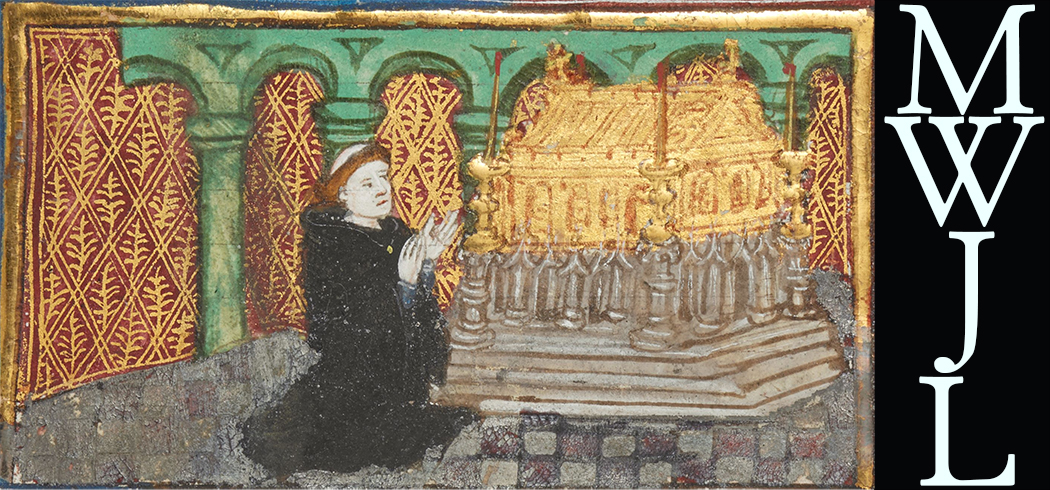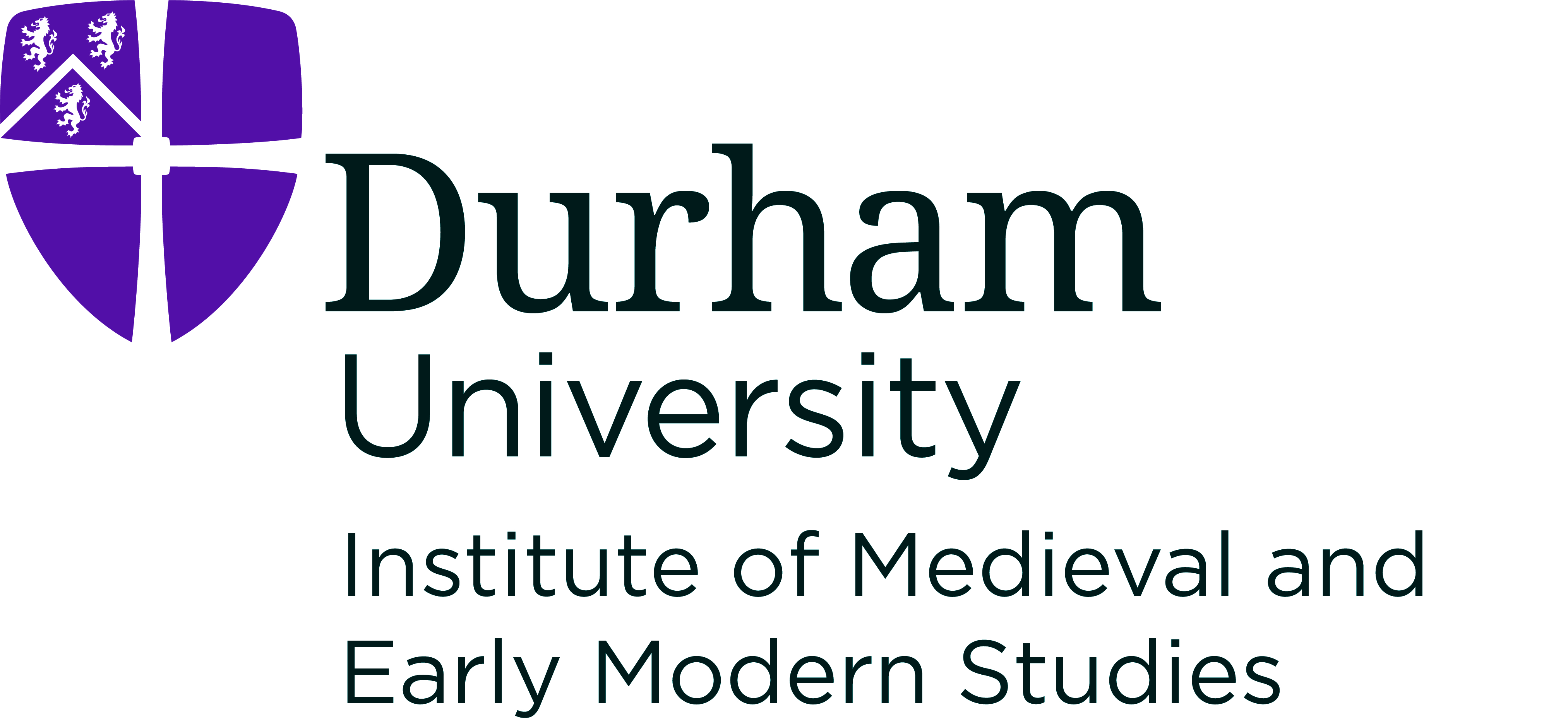 A Mumming for the Goldsmiths of London:
British Library Additional 29729 Verses
A Mumming for the Goldsmiths of London:
British Library Additional 29729 Verses
HomeAbout the ArchiveAbout John LydgateWorksManuscriptsAbout this ManuscriptEditorial ApparatusContactVisualization
Folio 135 Recto
Compare Witnesses: •
Off purpos put this arke to your depos •
with good entent to mak your herte lyghte •
and the thre thynges which ther in be cloos •
shall giue to you konnynge grace and myghte •
ffor to gouerne / with wisdome pees and ryghte •
this noble cytie / and lawes such ordeyne •
that no man shall haue cause for to compleyne •
Notes
-
Both Trinity R.3.20 and the EETS edition based on Trinity R.3.20 have "sang" here, which makes sense. However, the "a" glyph in this manuscript is created in an entirely different manner than the second glyph in the word here, which makes it more likely that it "songe." ↩
-
similarly to elsewhere in the manuscript "Ephod" is bracketed on one side, in this case the left. ↩
-
The other extant witness, Cambridge Trinity R.3.20, has "Citeseyns." ↩





